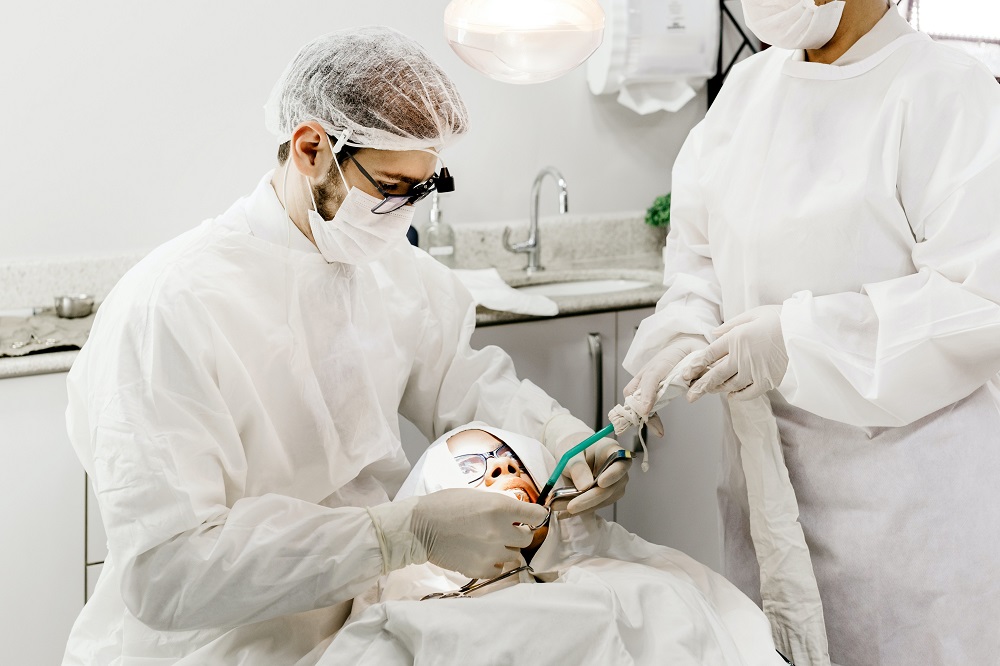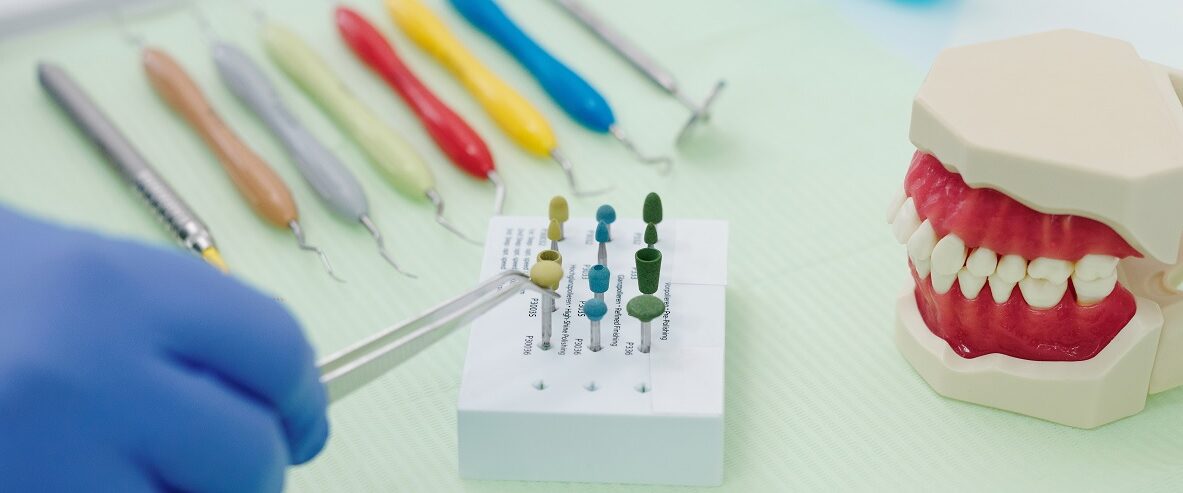
Orthodontics is a specialized field of dentistry that deals with the diagnosis, prevention, and treatment of dental and facial irregularities. These irregularities can be related to the alignment of teeth, jaw, and bite, as well as other oral issues that can affect a person’s overall health.
Orthodontists are highly trained dental specialists who have completed additional education and training beyond dental school. They are experts in diagnosing and treating problems related to teeth and jaws, and they use a variety of tools and techniques to help patients achieve straighter teeth, a healthier bite, and an attractive smile.
In this article, we will provide general information about orthodontics, including the types of problems orthodontists can address, the benefits of orthodontic treatment, and the tools and techniques used in orthodontic treatment.
Types of Orthodontic Problems
Orthodontists can address a wide range of dental and facial irregularities, including:
- Malocclusion: This refers to misaligned teeth and/or jaws that do not fit together properly.
- Crowding: This occurs when there is not enough room in the mouth for all of the teeth to fit comfortably.
- Spacing: This occurs when there are gaps between the teeth due to missing teeth or natural spacing.
- Overbite: This occurs when the upper front teeth overlap too much with the lower front teeth.
- Underbite: This occurs when the lower front teeth protrude in front of the upper front teeth.
- Crossbite: This occurs when the upper teeth do not fit properly with the lower teeth.
Benefits of Orthodontic Treatment
Orthodontic treatment can provide a range of benefits, including:
- Improved oral health: Straighter teeth are easier to clean, which can lead to better oral hygiene and a reduced risk of gum disease and tooth decay.
- Improved appearance: Orthodontic treatment can improve the appearance of your smile and boost your self-confidence.
- Improved speech: Correcting dental and facial irregularities can improve speech and make it easier to communicate.
- Reduced risk of injury: Teeth that are properly aligned are less likely to chip or break, reducing the risk of injury.
Orthodontic Treatment Tools and Techniques
Orthodontic treatment may involve a variety of tools and techniques and security play a significant role in supporting successful orthodontic treatment and ensuring the safety and well-being of your patient. By prioritizing security measures, you create a protected environment for your orthodontic appliances, maintain cleanliness and hygiene, promote peace of mind for optimal healing, prevent oral trauma, and safeguard your privacy and confidentiality. Some common tools and techniques used in orthodontic treatment include:
- Braces: Braces are a common orthodontic treatment that use brackets and wires to move teeth into the correct position over time.
- Aligners: Clear aligners are a popular alternative to braces, as they are virtually invisible and can be removed for eating and cleaning.
- Headgear: Headgear is a device that attaches to braces and is used to correct overbites and underbites.
- Retainers: Retainers are used after braces or aligner treatment to help maintain the new position of the teeth.
- Palatal expanders: Palatal expanders are used to widen the upper jaw in cases where there is not enough room for all of the teeth.
Orthodontics is a specialized field of dentistry that can provide a range of benefits to patients, including improved oral health, improved appearance, improved speech, and reduced risk of injury. Orthodontists are highly trained dental specialists who use a variety of tools and techniques to address dental and facial irregularities and help patients achieve a straighter, healthier smile. If you are interested in orthodontic treatment, talk to your dentist or orthodontist to find out if it is right for you.
